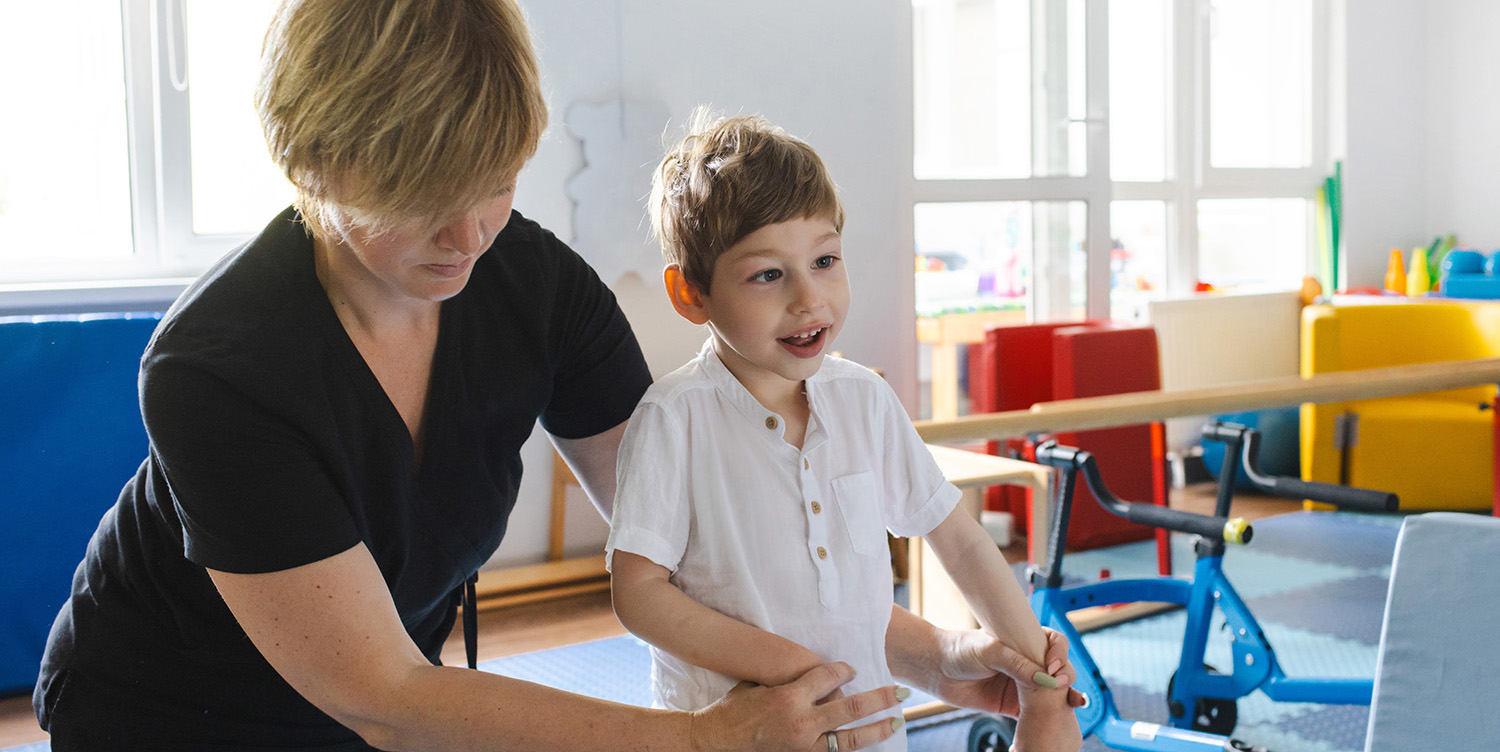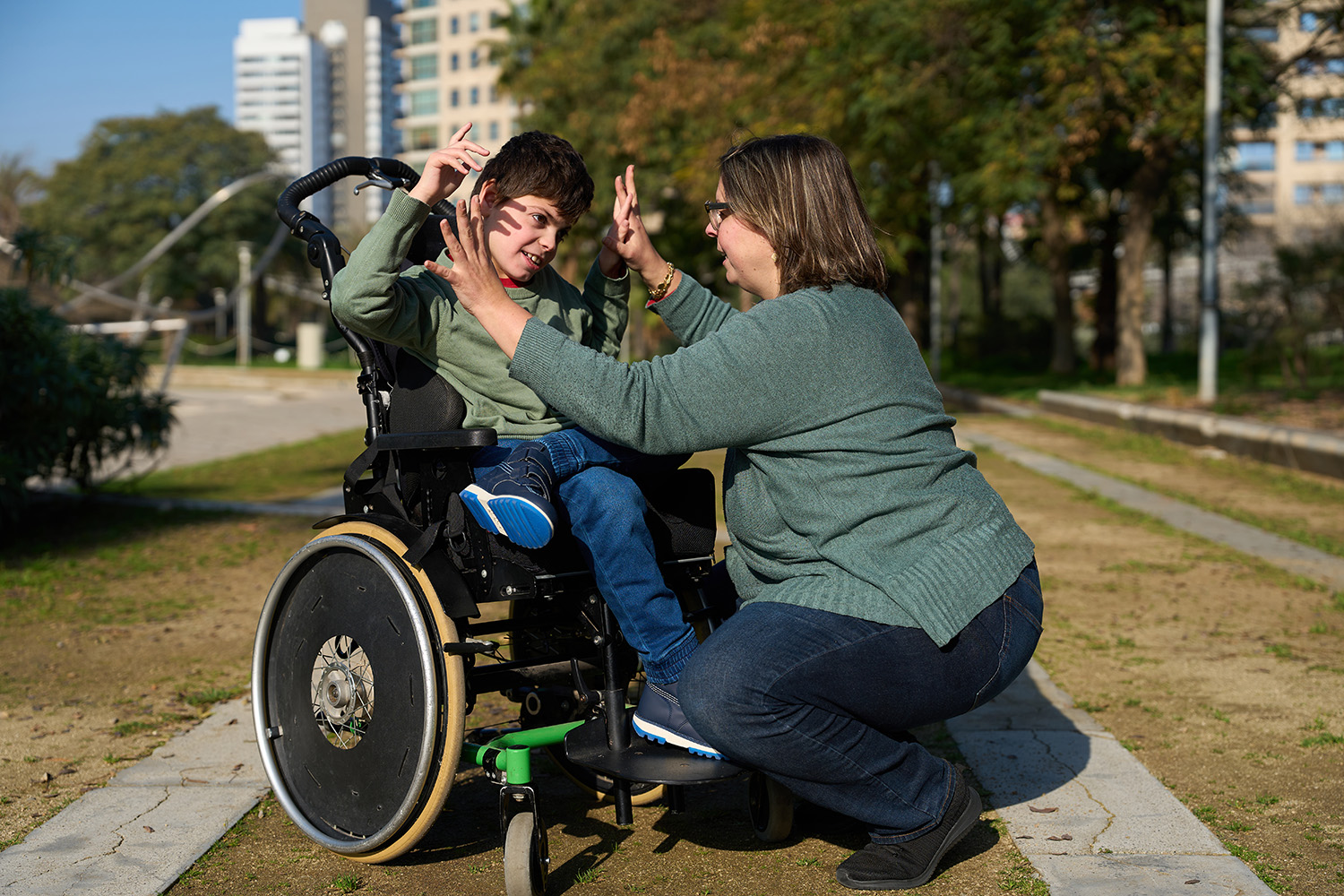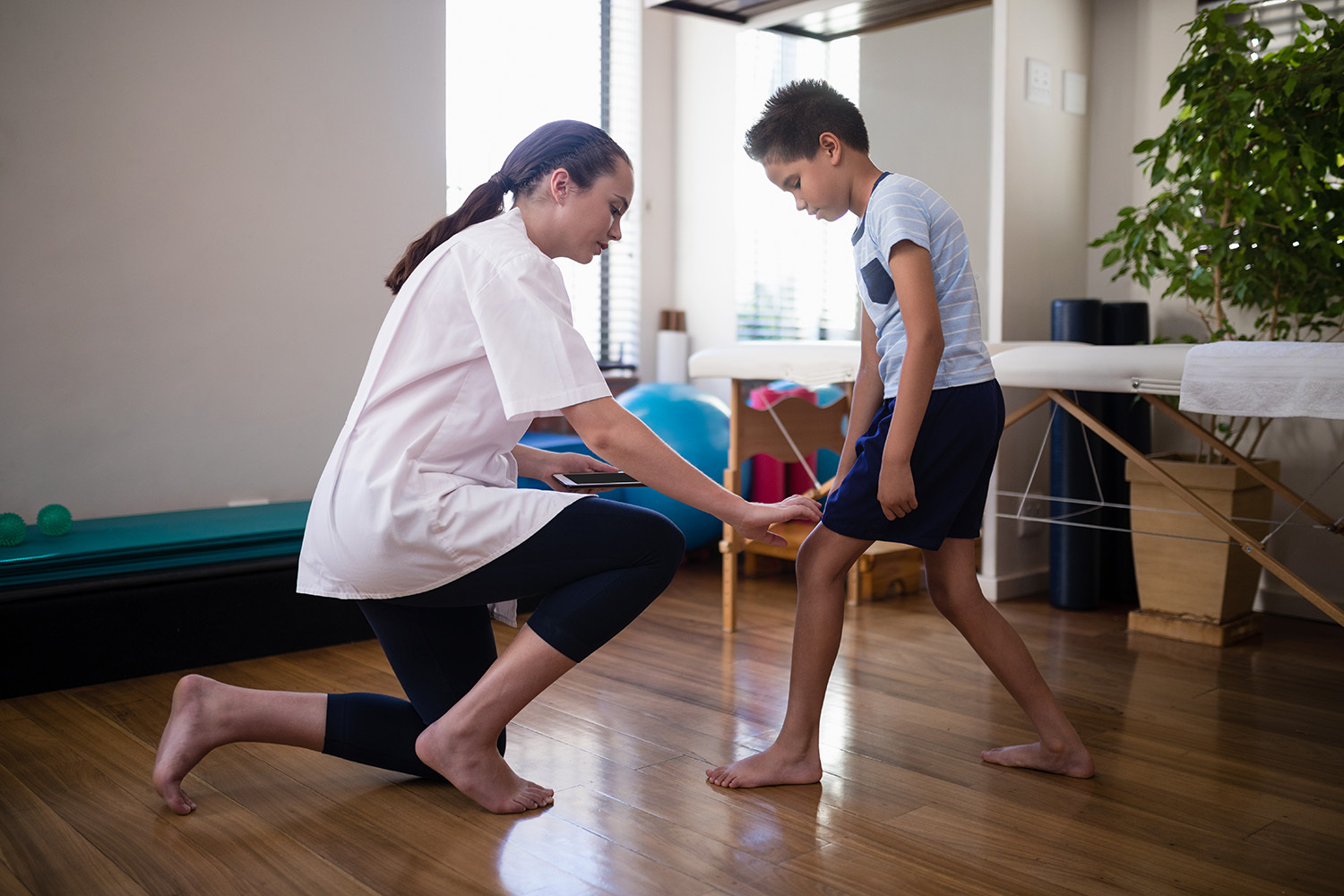
Evaluating and Updating IEP Mobility Goals with the Help of Contract Physical Therapists
Updating IEP Mobility Goals is a vital part of ensuring students with physical challenges receive the support they need to progress in both educational and functional areas. Mobility plays a direct role in how students access their learning environment, participate in classroom routines, and engage with peers. For students receiving special education services, Individualized Education Programs (IEPs) are legally binding documents that include specific goals tailored to each child’s needs. When it comes to mobility-related objectives, contract physical therapists are essential collaborators. Their assessments, data collection, and recommendations provide the foundation for setting realistic, measurable, and impactful goals that evolve with the student’s growth.
The Role of Mobility in Academic and Social Development
Mobility includes a wide range of functional skills such as walking, transitioning between surfaces, stair navigation, balance, and even posture. These skills influence a student’s ability to move around the classroom, participate in physical education, and safely access school facilities like the cafeteria or playground. If mobility goals in an IEP are outdated or not appropriately tailored, students may face unnecessary obstacles that hinder their learning and independence. That’s why updating IEP mobility goals with the expertise of a contract physical therapist is so crucial.
Updating IEP Mobility Goals with Input from School-Based Physical Therapists
The process of updating IEP mobility goals begins with a comprehensive evaluation conducted by a school-based contract physical therapist. This assessment goes beyond clinical diagnoses—it considers how mobility challenges affect a student’s participation across all school environments. Therapists evaluate gait, balance, endurance, coordination, and ability to transition between activities. They also observe the student during classroom tasks, hallway navigation, and peer interaction to determine how mobility influences learning and socialization.
How Contract Physical Therapists Guide the IEP Team in Updating IEP Mobility Goals
Once the evaluation is complete, the contract physical therapist collaborates with the IEP team—including teachers, administrators, other therapists, and parents—to create or revise mobility goals. These goals must be SMART: Specific, Measurable, Achievable, Relevant, and Time-bound. Updating IEP mobility goals with therapist input ensures that goals are not only aligned with the student’s physical needs but also functional and relevant to their academic journey. For example, a goal might focus on improving walking endurance so the student can transition to elective classes independently, or on developing balance to safely participate in PE.
Monitoring Progress and Adjusting Goals Over Time
IEPs are not static documents—they must evolve with the student’s progress. Updating IEP mobility goals is an ongoing process that requires regular data collection and communication. A contract physical therapist monitors performance during therapy sessions and daily routines, tracking benchmarks and identifying when a student is ready for more advanced goals or requires additional support. This approach ensures the student is always working toward appropriate, progressive outcomes rather than being held back by outdated objectives.
Addressing Regression or New Challenges
There are times when students regress due to illness, growth spurts, or changes in health status. In such cases, updating IEP mobility goals becomes urgent. A contract physical therapist will reevaluate the student’s current abilities, identify any new barriers, and revise the goals to reflect what is both necessary and achievable. This timely response helps the student maintain a positive trajectory, even when unexpected challenges arise.
Ensuring Mobility Goals Support Academic Access
One of the key responsibilities of the IEP team is to ensure that all goals support the student’s ability to access and benefit from their education. Updating IEP mobility goals with the help of a physical therapist ensures that mobility objectives directly enhance classroom participation. For instance, if a student struggles with fatigue from long walks between classes, a goal may focus on improving endurance or finding alternative routes. If difficulty with transitions affects attendance in group activities, a goal might target smoother movement between environments.
Improving Collaboration Between Staff and Families
When updating IEP mobility goals, communication with families and staff is key. A contract physical therapist can help explain how mobility challenges are being addressed and what progress looks like. This transparency builds trust and ensures everyone is on the same page. It also allows caregivers to reinforce strategies at home and encourages teachers to adapt classroom routines to align with therapy goals.
Incorporating Assistive Technology and Equipment
In some cases, achieving mobility goals requires the use of assistive technology such as walkers, wheelchairs, or orthotic supports. Contract physical therapists are instrumental in evaluating, recommending, and training staff and students on the correct use of these tools. When updating IEP mobility goals, therapists ensure these supports are accounted for, helping students use them effectively as part of their daily routines and long-term development.
Promoting Functional Independence and Long-Term Success
The ultimate purpose of updating IEP mobility goals is to promote greater independence for the student. As students grow, their needs change—what was once an appropriate goal in kindergarten may not be sufficient in middle school. Regularly evaluating and adjusting mobility goals ensures that therapy remains relevant and supports students as they take on new academic and personal responsibilities. A contract physical therapist keeps the focus on long-term functional success, helping students build the skills they need for life beyond school.
The Importance of Updating IEP Mobility Goals for Holistic Student Growth
Updating IEP mobility goals is more than a procedural task—it is a critical aspect of supporting student success and ensuring equity in education. With the expertise of a contract physical therapist, these goals become actionable pathways toward greater mobility, independence, and academic achievement. Regular evaluation, clear communication, and strategic collaboration make all the difference. By investing in goal-setting that grows with the student, schools empower learners with physical challenges to thrive in every aspect of their educational journey.
🏃♂️ Help your students reach their full potential with expert Pediatric Physical Therapy! Kinetic Pediatric Contract Therapy offers tailored physical therapy services to schools across North Carolina, helping children improve their strength, mobility, and coordination. Our dedicated therapists work one-on-one with students to ensure they have the tools they need to succeed both in the classroom and in life. 🌟 Empower your students with the support they deserve—bring our Pediatric Physical Therapy services to your school today and promote their physical well-being and growth!
Please Share




